Measuring Tools
A critical skill for any technician is the ability to make accurate measurements.
Tape Measures and Steel Rules
A steel rule or a tape measure can be used to determine distances. These measure in fractions of an inch as low as
 , but are ineffective when more accuracy is required. This is because the scale becomes too difficult to read with smaller measurements. Steel rules are also useful for the layout of straight lines.
, but are ineffective when more accuracy is required. This is because the scale becomes too difficult to read with smaller measurements. Steel rules are also useful for the layout of straight lines.
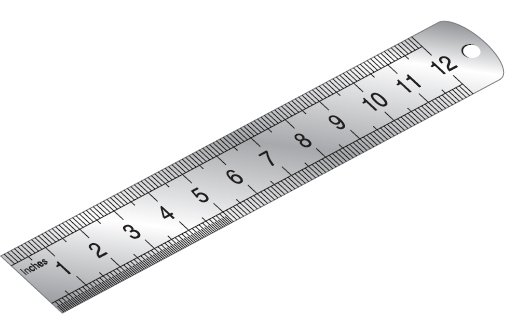
Micrometers
When accuracy to the thousandths of an inch is required, a micrometer is used. The most common type of micrometer is the outside micrometer. The outside micrometer is made to measure the thickness of flat objects or the outside diameter of cylindrically shaped objects. It is built similarly to a C-clamp (see the discussion of C-clamps later in this chapter). The spindle of the micrometer is rotated in and out to adjust the distance between it and the anvil. All measurements are taken between the opposing faces of the spindle and the anvil.
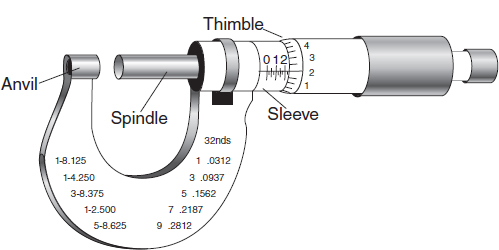
The thimble of the micrometer is attached directly to the spindle. The sleeve of the micrometer is stationary, and has markings on it indicating how far the spindle has been moved relative to the anvil. As the thimble moves outward, it uncovers the graduations on the sleeve. The position of the thimble relative to the sleeve is what reveals the micrometer reading.
Forty turns of the thimble will move the spindle exactly 1 inch. This means that each turn of the thimble moves the spindle
 " or 0.025". The graduations on the sleeve are also marked every 0.025" to keep track of how many times the thimble has been turned. Each time the thimble completes one turn, another mark on the sleeve is uncovered. Four complete turns of the thimble move the spindle
" or 0.025". The graduations on the sleeve are also marked every 0.025" to keep track of how many times the thimble has been turned. Each time the thimble completes one turn, another mark on the sleeve is uncovered. Four complete turns of the thimble move the spindle
 of an inch or 0.100", so this is marked with a large “1” on the sleeve. The mark at 0.200" is a “2,” and so on.
of an inch or 0.100", so this is marked with a large “1” on the sleeve. The mark at 0.200" is a “2,” and so on.
The outside of the thimble has 25 evenly spaced graduations on it. Since a full turn of the thimble moves the spindle 0.025", this means that one of the graduations on the thimble is the equivalent of 0.001". Reading a micrometer is simply a matter of adding the measurement on the sleeve to the number on the thimble that aligns with the longitudinal line on the sleeve.

Calipers
A caliper is a two-legged instrument that is used to measure the distance between two sides of an object. It can also be used to transfer a measurement from one object to another. Calipers that measure the external size of an object are called outside calipers, while those that measure the internal size of an object are called inside calipers.
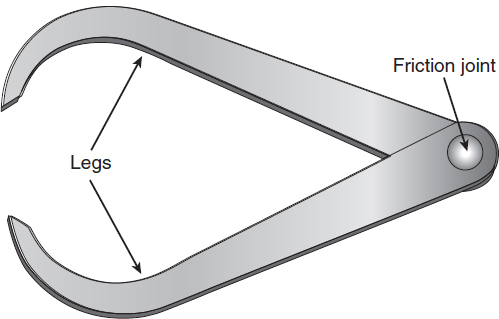
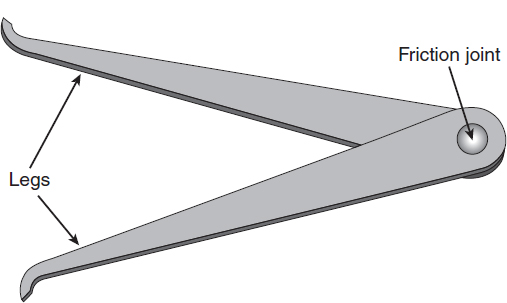
Spirit Levels
A spirit level is used to determine whether a surface is horizontal (level) or vertical (plumb). Spirit levels are also known as bubble levels or just levels. A tubular spirit level is a fluid-filled tube containing a bubble that is centered when level.
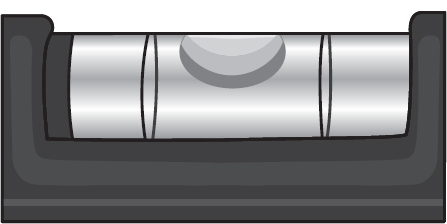
A bullseye spirit level is a fluid-filled circle with a slightly convex face, containing a bubble that is centered when level. While a tubular spirit level only levels in the direction of the tube, a bullseye spirit level can level a surface across a plane.
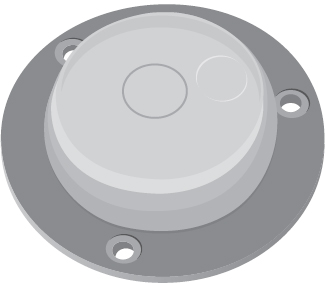
Steel Squares
A steel square is used to measure or lay out angles. A steel square is also known as a carpenter’s square or framing square, because carpenters commonly use it to frame stairs and rafters. Its two arms meet at a 90-degree angle. The long arm is known as the blade (or body) and the short arm is known as the tongue.

Questions on the ASVAB may ask you to choose the most appropriate tool for a job. Look at this example:
| Question | Analysis |
You need to measure the length of a piece of wood within
 ". Which of the following would be the best tool to select for this job? ". Which of the following would be the best tool to select for this job? |
Step 1: This question asks which tool would be best for measuring distance within
Step 2: There is nothing to simplify. Step 3: You can narrow your prediction to tools used for measuring distance. In particular, the tool must be capable of making very accurate measurements of distance. |
|
Step 4: Choice (C) matches that prediction. Choice (D) can be eliminated because it is not used to measure distance, and choices (A) and (B) can be eliminated because they cannot perform measurements of distance below
 ". ". |
Now give this one a try on your own:
-
You want to be sure that the joint you are installing is at a flush right angle. Which of the following tools could be used for that? - steel rule
- spirit level
- steel square
- caliper
Explanation
The key term here is “right angle.” The only one of these instruments that allows you to measure a right angle is a steel square, choice (C).
 ".
".